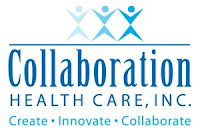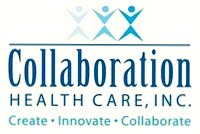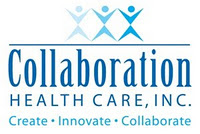 I have to admit, living in Minnesota is never dull.
I have to admit, living in Minnesota is never dull. In addition to being the home of ten thousand lakes, beautiful communities, good people, and some innovative businesses we have created quite a collection of politicians to guide our state to where it is today including: Humphrey, Mondale, Wellstone, Ventura and more recently Pawlenty, and Bachmann. It’s quite the collection of personalities when you think about it. Minnesotan’s have become a pretty versatile people. We’re always looking for the right combination of personalities that can get something done. We’re willing to take some chances.
While historically Democrat, slowly but surely (just like the rest of the country), Minnesota has become ideologically partisan and divided. Last November, we elected a Democratic Governor, and a Republican legislature that work so well together we are now beginning the third week of a government shut-down.
What is the primary issue?; Balancing an “out-of-control” budget combining the right balance of expense reduction with revenue. The right and the left couldn't come to an agreement and is at a stalemate. Now, only the “essential services” in government are funded, the rest of the state is closed.
State parks are shut down (during the 4th of July holiday), rest areas are closed, renewing your driver’s license or getting a fishing license (almost a requirement to live in Minnesota) is unavailable. Because the politicians could not do their jobs the rest of us are being asked to “suck it up” and live with it. In the meantime, Minnesota’s credit rating was devalued resulting in increased interest costs at a time we don’t need any additional costs.
In Washington we’re now in the midst of heated debate concerning raising the debt limit. What is the primary issue?; Addressing an “out-of-control” budget by combining the right balance of expense reduction with revenue (Sound familiar?) At this point, we’re at a similar stalemate at the federal level and we’re nearing the point that the effects could be worse than what is already being experienced in Minnesota if some resolution isn’t reached.
Since 1962, the debt limit has been increased 74 times. Many times it was increased as a part of some other legislation and never received much attention. Over the past 10 years, however, the debt limit has increased 10 times as the debt of our nation has exploded because of weak economic growth, the 2001 and 2003 tax cuts, funding two wars, and a stimulus package that was intended to prevent us falling into a bigger recession than we already experienced. Both sides need to assume some responsibility for the crisis we now face.
Unfortunately, the debt limit vote this time has become political instead of rational. Politicians are covering their asses as they protect their special interests and are already looking to use the process for leverage in the 2012 Presidential and Congressional elections. As in Minnesota, neither side is budging.
Some argue we aren’t really at any crisis point and can get through by simply juggling how we pay our bills until some resolution is reached. I would ask these people to just take a look at the fragile nature of the global markets. Whether these people want to accept it or not, August 2 is a “real date” to the markets- they will react accordingly.
So, once again (and as predicted when the federal budget was passed to avoid a federal shut-down), we’re going to go down to the wire. Because of the political reality of today, if a deal is reached it will not nearly be what is needed to address the crisis we are facing. If a deal is not reached, we will just have to wait and see what the market reaction will be- and it won’t be pretty.
Either way, once again the American people will be left living with the effects of a partisan political quagmire. We’re already going to have to live with the mess created by shutting down the government in Minnesota- we don’t need the federal government piling on.
Both sides are to blame on this one- so, get to work, put your politics aside, and do what is right for the country.

 e of the company. Most large companies plan to continue to provide health insurance- while smaller companies aren’t so sure. Over 30% of the companies (both large and small) are unsure whether they will continue to offer health insurance as a benefit to the employees in the future. Not surprisingly, the majority not offering health insurance now base their decision on cost (not on the Affordable Care Act).
e of the company. Most large companies plan to continue to provide health insurance- while smaller companies aren’t so sure. Over 30% of the companies (both large and small) are unsure whether they will continue to offer health insurance as a benefit to the employees in the future. Not surprisingly, the majority not offering health insurance now base their decision on cost (not on the Affordable Care Act).





























